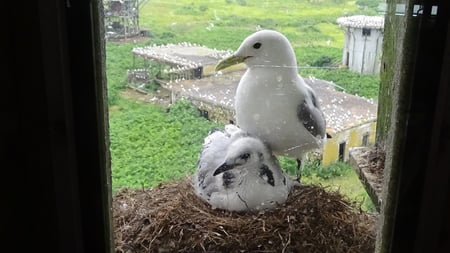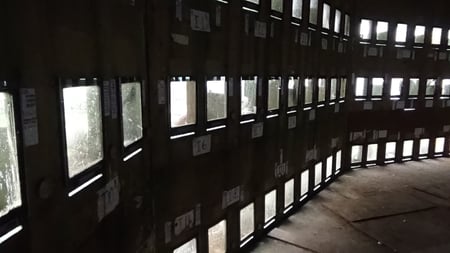In the past month of July I had the opportunity to travel to Middleton island, Alaska, to conduct my research about plastic ingestion by seabirds. In collaboration with the Institute for Seabird Research and Conservation (ISRC), and sponsored by ArCS Program for Overseas Visits by Young Researchers, I had the possibility to conduct my experiment on Black-legged Kittiwakes, a seabird species that belongs to the gull family Laridae.
Marine plastic pollution is a worldwide concern and seabirds are amongst the most threaten groups of birds, in terms of conservation status, and they are particularly vulnerable to plastic pollution, with reports of plastic ingestion since the 1960s. From physical damage to the digestive system, impairment of digestive efficiency to the release of toxic chemicals, plastic ingestion can be a major threat to the preservation of seabirds populations. Therefore it is important to understand the mechanisms behind plastic ingestion and to find solutions to lower its rates.
Past studies have proven that, after at least two weeks in marine water, plastic debris can emit an organic odor called Dimethyl Sulfide (DMS). This info-chemical, DMS, is produced when phytoplankton cells are crushed by zooplankton grazing, and it is used by many seabirds species as an olfactory signal to detect prey. This could mean that some seabirds might be ingesting plastic debris by confusing it with prey. Given this, it is necessary to experimentally prove the relationship between DMS response and plastic ingestion and it is necessary to better understand the role of seabirds sensory mechanisms in plastic ingestion.
Therefore, with my research I wanted to experimentally determine the Black-legged kittiwakes response to DMS odor and have a better understanding of its role in plastic ingestion in seabirds. This seabird species has been proven to have high olfactory capacity, it has records of plastic ingestion and, in addition, breeds in old radar towers in Middleton island, giving easy access to researchers to conduct experiments and observe them without causing major disturbance.
During my stay in Middleton island, I had the opportunity not only to conduct my research, but also to learn more about seabirds behavior and ecology. I had many to discussions and learn with experienced researchers from different parts of the world, which stimulated me to develop my critical thinking and better conduct my experiment. This experience has allowed me to develop my research skills and techniques, so I’m very grateful to ArCS Program for overseas visits by young researchers for giving me this opportunity.
Naya Sena(Hokkaido University)






